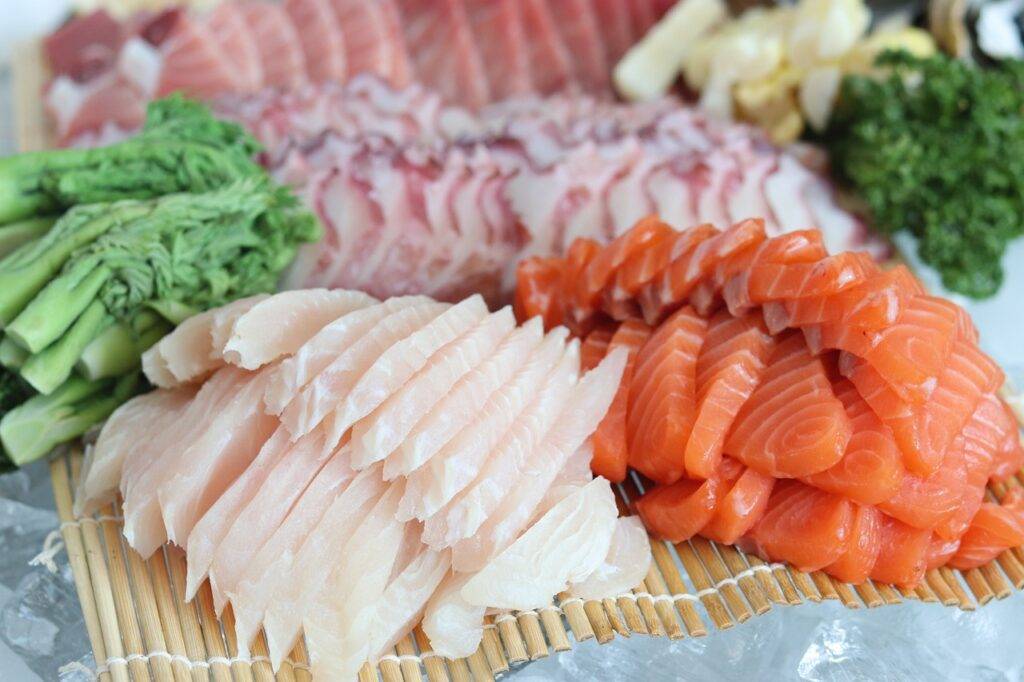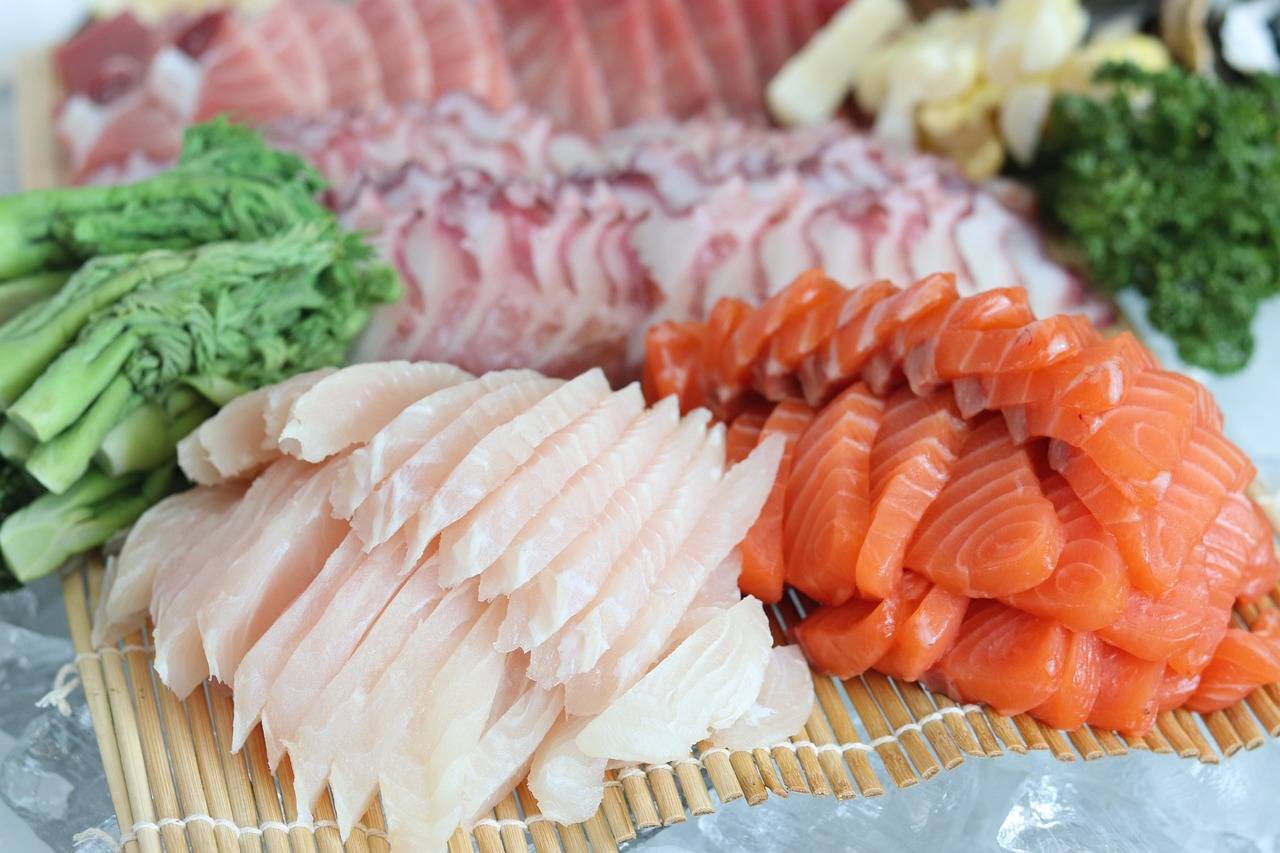There’s some merit to this reluctance. Many people associate raw fish with supermarket displays or frozen fillets, which often aren't the highest quality. However, if you—or anyone you know—avoid sushi simply because of the raw fish, you might be missing out. High-quality sushi is crafted from the freshest fish like tuna and salmon, and is both safe to eat and a unique culinary experience.
Indeed, enjoying a piece of firm salmon nigiri with a traditional sake can be one of the most exceptional flavor experiences without the need for a Michelin-starred restaurant.
If the distinction between sashimi and nigiri confuses you, leading to hesitance when ordering sushi, this guide will clarify the differences and help expand your palate.
Nigiri The term “nigiri” translates to “two fingers,” which describes this sushi's form: a small, delectable piece featuring a slice of raw fish atop a bed of vinegared rice. The cool, smooth taste of the fish combined with the sticky, tangy rice creates a superb mouthfeel. Traditionalists might argue that nigiri is more authentic than sashimi due to its simplicity and purity. For an authentic sushi experience, few things beat high-quality nigiri.
Nigiri can be eaten with your hands or chopsticks, and even if you choose a fork, it’s perfectly acceptable. Note that nigiri does not come in a rolled form, which is often called “Makizushi” and is the most popular type of sushi in America but not the most authentic.
New to nigiri? Opt for top-quality fish like bluefin tuna, salmon, or halibut. These fish are firm and have a high fat content that complements the sweetness and saltiness of the rice.
Sashimi Sashimi, often confused with nigiri, is technically not sushi. Although it features raw fish, it lacks rice—a key component of sushi. “Sashimi” translates to “pierced body” or “pierced meat,” indicating thin, delicate slices of raw meat or fish served without rice. It is traditionally enjoyed with just a dab of soy sauce.
Unlike nigiri, sashimi can include various meats, not just fish. While many American sushi restaurants focus on salmon, shrimp, and squid, authentic sashimi may feature more unusual meats like chicken or horse.
If the idea of raw fish or meat without any additional garnish makes you uneasy, consider trying “tataki.” This lightly seared and marinated meat retains a raw center but has a flavor profile more akin to cooked fish, making it a more approachable introduction to raw meats.
For newcomers to sashimi, starting with shrimp, salmon, and octopus is a good choice.
Nigiri vs. Sashimi: Final Thoughts Nigiri and sashimi are both integral to traditional Japanese cuisine. Nigiri includes rice and qualifies as sushi, while sashimi, which does not include rice, is technically not sushi but is commonly served in sushi restaurants. Ultimately, the winner in the nigiri versus sashimi debate is anyone who gets to enjoy them—both are delicious and represent the essence of Japanese culinary tradition.




